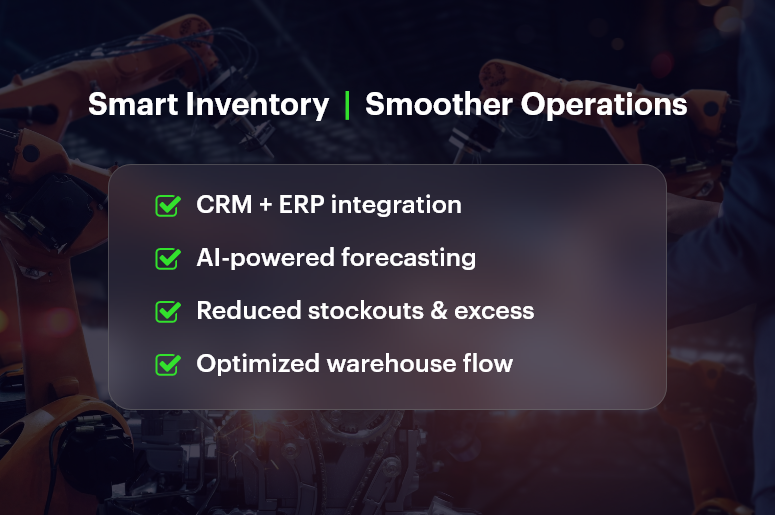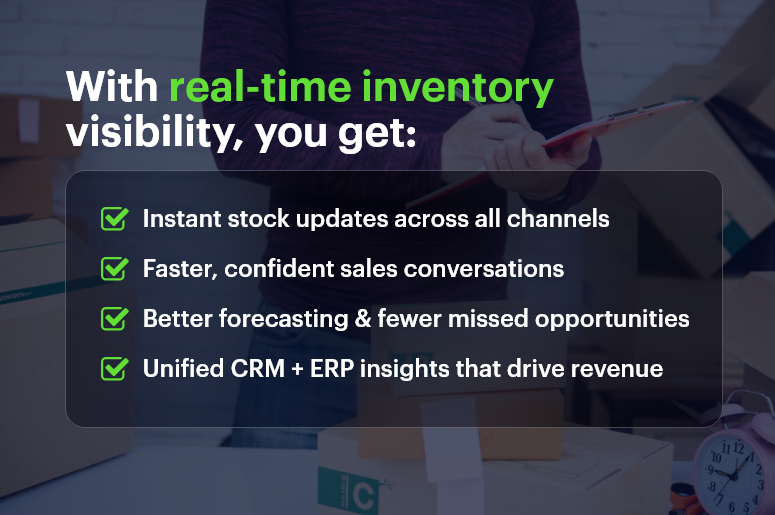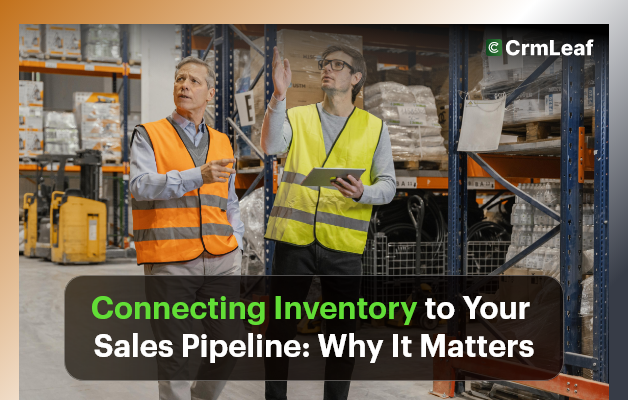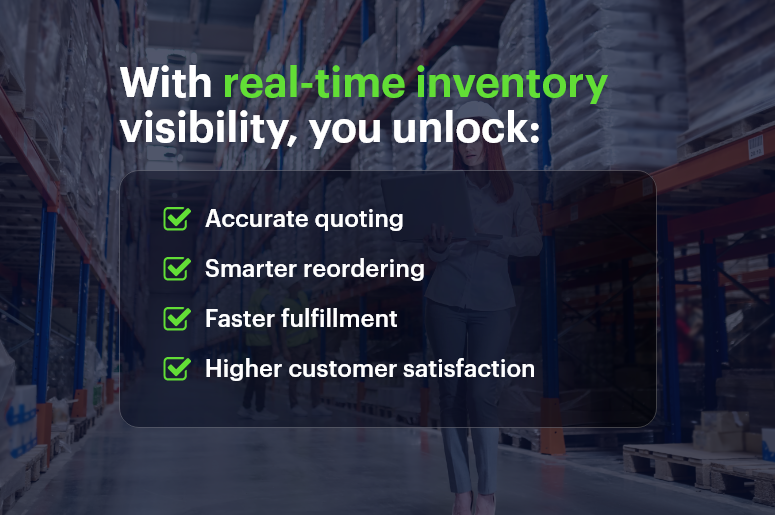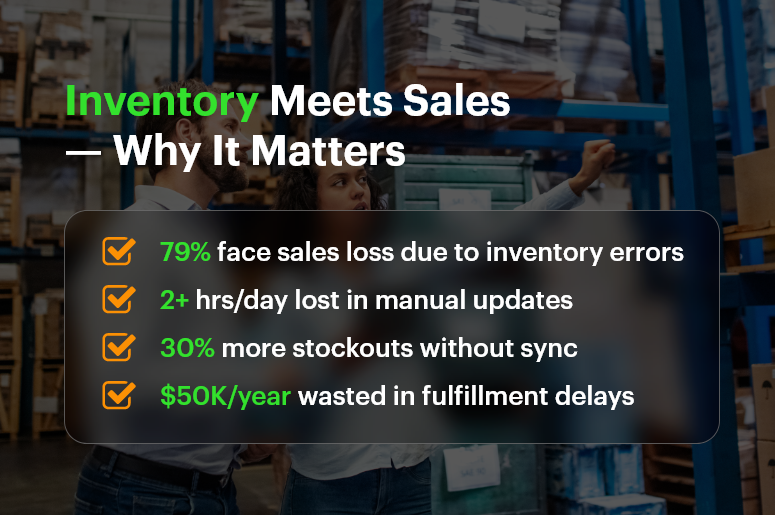Imagine this: your production line is at full speed when suddenly a critical machine grinds to a halt. You scramble to fix it, production stops, orders get delayed, and costs skyrocket. According to Deloitte, unplanned downtime costs manufacturers an estimated $50 billion annually. The good news? With predictive maintenance: keep your machines running with smart data, you can prevent most of those breakdowns before they happen.
In this post, we’ll explore why predictive maintenance matters, how it works, and the practical steps you can take to keep your operations smooth, efficient, and profitable.
Why Predictive Maintenance Matters for Growing Businesses
For small and mid-sized companies, every minute of production counts. Equipment downtime reduction isn’t just a nice-to-have — it’s essential for meeting customer demands and maintaining healthy profit margins.
Key reasons predictive maintenance is business-critical:
- Lower maintenance costs – fix only what needs fixing.
- Fewer disruptions – prevent unexpected production halts.
- Longer asset life – maintain optimal machine health analytics.
- Improved safety – reduce risk of accidents from equipment failure.
Industries benefiting the most:
- Manufacturing – avoid costly shutdowns during peak production.
- Logistics & warehousing – ensure conveyor systems stay operational.
- Construction – maximize uptime for heavy machinery.
By combining IoT-enabled sensors with CRMLeaf’s data-driven maintenance strategies, you can track asset performance in real time, predict failures, and schedule repairs before issues escalate.

Best Practices for Implementing Predictive Maintenance
1. Start with Condition Monitoring
Condition monitoring is the foundation. Install sensors to collect data on:
- Temperature fluctuations
- Vibration patterns
- Pressure changes
- Energy consumption
How CRM helps: Store, analyze, and visualize this data in a centralized dashboard, making it accessible to maintenance teams instantly.
2. Use Predictive Analytics for Failure Prediction
Predictive models compare live data against historical patterns to detect early warning signs.
Quick wins:
- Set automated alerts when anomalies are detected.
- Integrate alerts directly into maintenance scheduling workflows.
3. Align Maintenance with Production Schedules
Repairs should be planned during low-demand periods.
CRMLeaf advantage: Our asset performance management tools let you overlay maintenance schedules with sales and production forecasts for minimal disruption.
4. Differentiate Between Preventive vs Predictive Maintenance
Preventive maintenance works on a fixed schedule. Predictive maintenance, however, is smarter — repairs happen only when data indicates a potential issue.
Why it matters: Saves time, reduces parts waste, and optimizes resource allocation.
5. Train Your Team on Data-Driven Maintenance Strategies
Even the best tech fails without the right people. Train your maintenance crew to interpret machine health reports and respond quickly to alerts.
Pro tip: Gamify the process — reward teams for reducing downtime month over month.
Customer Success Story
For example, Precision Tools Inc., a mid-sized automotive parts manufacturer, integrated CRMLeaf’s predictive maintenance system.
Results after 6 months:
- 40% reduction in unplanned downtime
- 25% maintenance cost savings
- 15% increase in production output
The company credits its success to smart data analytics, seamless CRM integration, and proactive maintenance planning.
Key Takeaways: Your Path to a Smarter Maintenance Strategy
Predictive maintenance is more than a buzzword — it’s a proven way to keep your machines running with smart data and eliminate costly surprises.
With CRMLeaf, you can:
- Monitor equipment health in real time
- Predict failures before they occur
- Reduce downtime and save costs
- Integrate maintenance with overall business planning
By embracing predictive maintenance, you’re not just maintaining machines — you’re building a resilient, future-ready operation.


